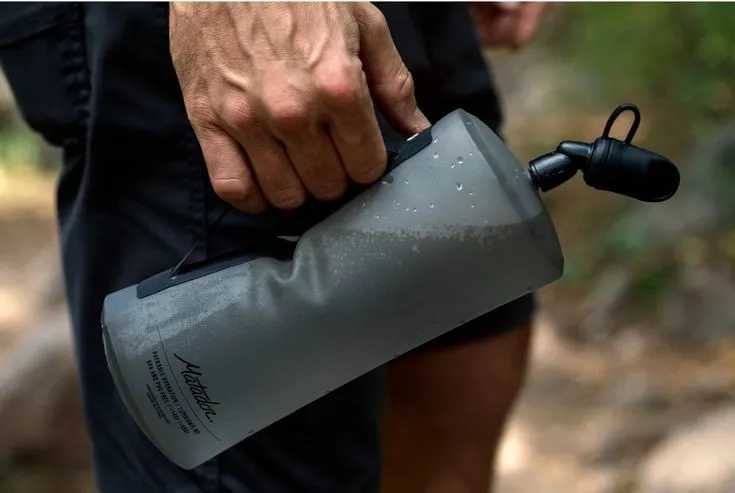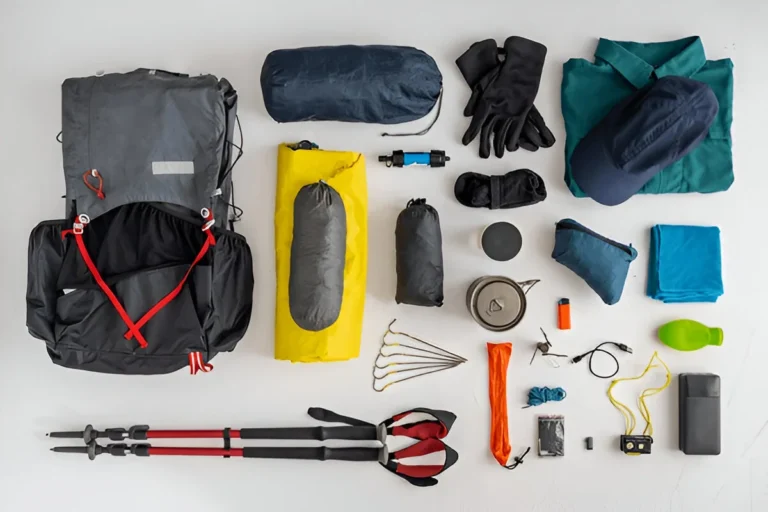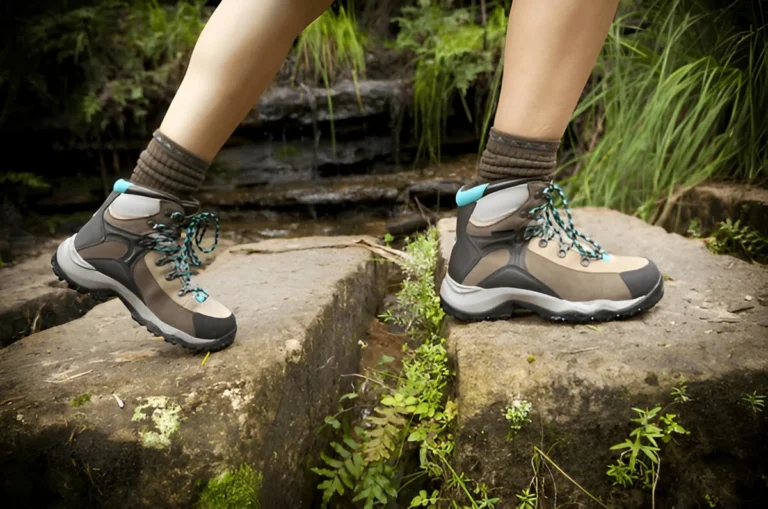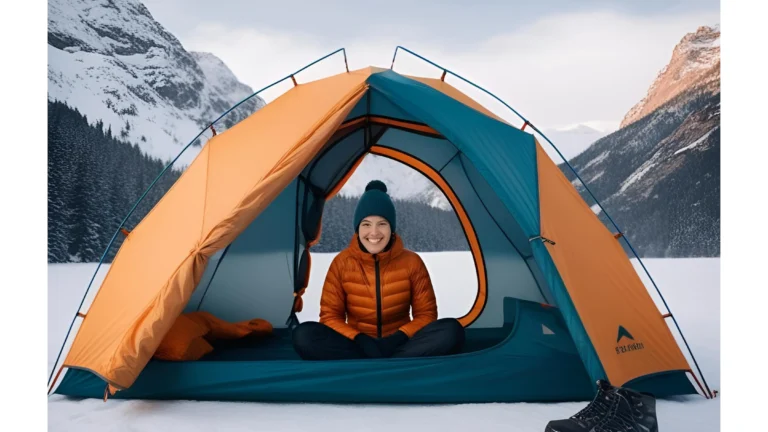When choosing ski boots then it is important to get the right fit for both comfort and safety. So we can explain to you how to choose ski boots easily. The fitting boots can cause pain, make it hard to control your skis, and even lead to injury. No matter if you are a beginner or a more experienced skier, knowing how ski boots are built and what to look for can help you make a good choice. Ski boots come in different types, such as alpine, hybrid, and backcountry boots, each designed for specific styles of skiing. The right type depends on how you plan to use them. Understanding boot sizing is also key; you want boots that feel snug but not too tight. Factors like flex rating (how stiff or flexible the boot is) and last width (how wide the boot is) can affect comfort and performance, too.
When selecting your boots, consider features like the liner, sole, and buckles, which all contribute to comfort and how well the boots hold your feet. The best ski boots will offer the right combination of all these features, giving you the best balance of comfort, control, and protection. In this guide, we will walk you through everything you need to know about choosing the best ski boots for your needs.
| Related Review: Best Ski Boots For Wide Feet |
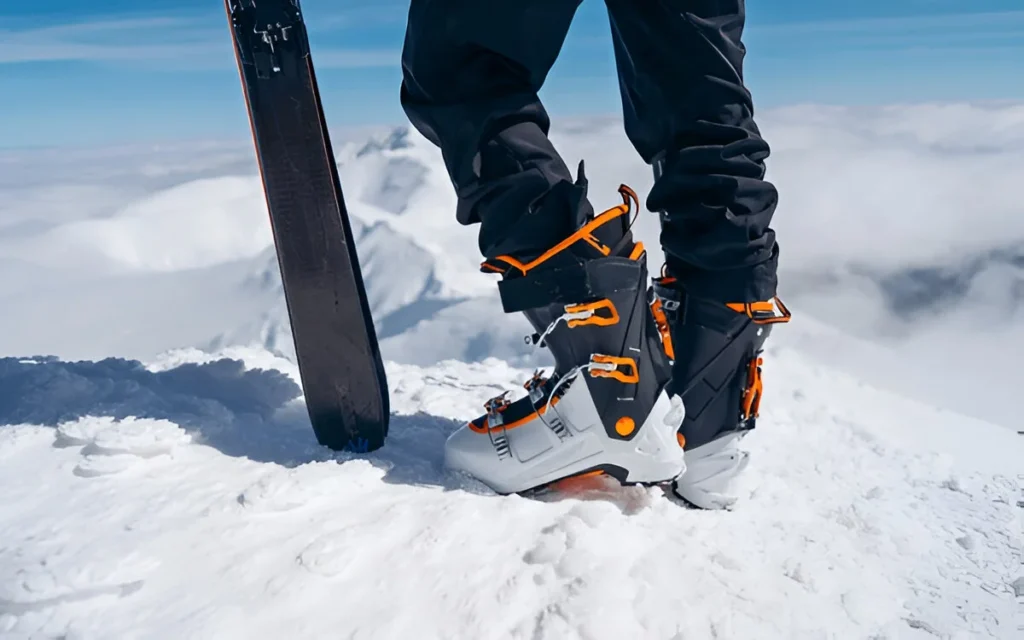
Types of All-Mountain Ski Boots
- Hybrid Alpine Boots
Hybrid alpine boots are a mix of traditional alpine boots and backcountry ski boots. They are perfect for skiers who like to explore off-piste terrain but still enjoy the comfort of skiing at resorts. These boots feature a walk mode, making walking, hiking, or traversing uphill easier and more comfortable. Some models also have tech binding inserts, making them compatible with both alpine and touring bindings. This versatility allows skiers to enjoy both resort skiing and backcountry adventures without needing separate boots for each.
- Traditional Alpine Boots
Traditional alpine boots are the most popular choice for skiers who spend most of their time on resort slopes. These boots usually have a two-piece shell and a four-buckle system, offering a tight, performance-focused fit. They are built to deliver excellent power transfer to your skis, making them perfect for downhill skiing. There are two main types of traditional alpine boots:
Overlap Design
In this design, the lower shell and cuff overlap, creating a stiffer, more precise fit. This is ideal for skiers who prioritize control and responsiveness.
Cabrio Design
Here, the cuff wraps around the tongue, allowing for a smoother, more flexible flex. These boots are more comfortable, making them a good choice for freeride and park skiers who need some extra comfort.
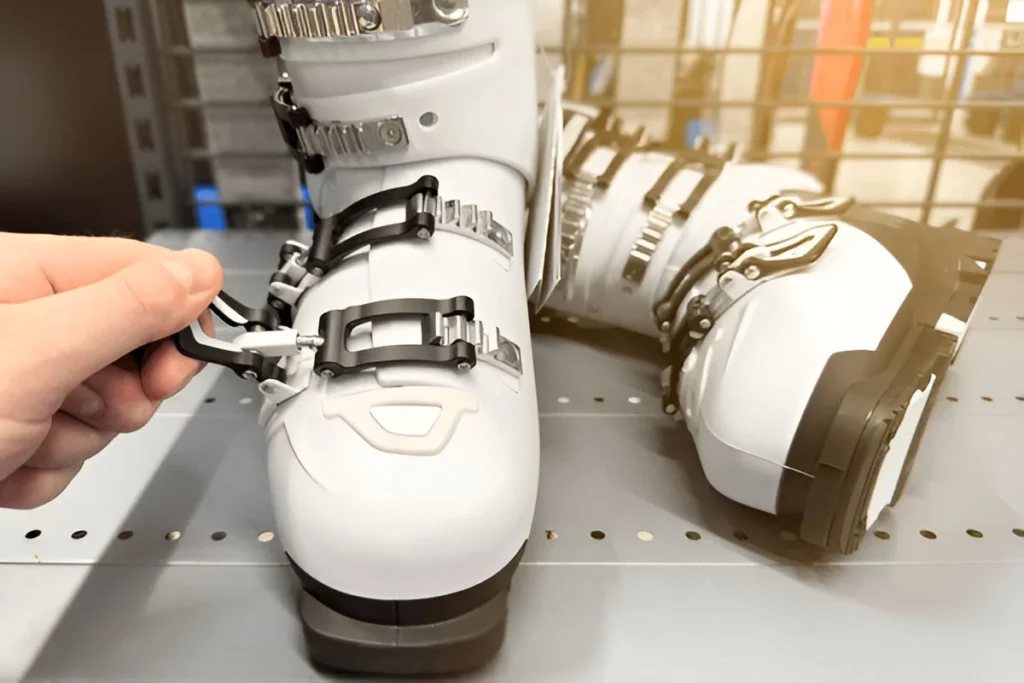
Trying On and Sizing Boots for Skiing
- Mondo Point Sizing
Mondo Point Sizing is a special system used to determine the right size for ski boots. To measure your foot, stand on a piece of paper with your heel against a wall. Mark the longest part of your foot, then measure the distance from the wall to the mark in centimeters. This measurement will give you your Mondo Point size, ensuring that your ski boots match your exact foot length for a more comfortable and accurate fit.
- Flex Rating
Flex rating refers to the stiffness of the ski boot. It measures how much the boot bends when pressure is applied. A higher flex rating means a stiffer boot, while a lower flex rating indicates a softer, more flexible boot.
Beginner Skiers:
Should look for boots with a softer flex (50-70).
Intermediate Skiers
Opt for medium flex (80-100) for better control and comfort.
Advanced Skiers
Prefer stiffer boots (110+) for precise power transfer and control at high speeds.
- Sizing Tips
Shell Fit: Stand in the boot with the liner removed. Your toes should just touch the front of the shell, with a finger’s width of space behind the heel.
Fit When Fully Assembled: Put the liner back in and buckle the boot. Your toes should slightly pull back when flexing forward, and there should be minimal heel lift.
Wear Thin Socks: Ski boots should be worn with thin, moisture-wicking socks to prevent discomfort caused by thick socks.
- Boot Sole Length
Mondo Point Sizing is a unique system used to find the right ski boot size. To measure your foot, stand on a piece of paper with your heel against a wall. Mark the longest part of your foot (usually your toes), then measure the distance from the wall to the mark in centimeters. This measurement is your Mondo Point size, ensuring that your ski boots match your exact foot length. Using this method helps provide a more comfortable and precise fit for your ski boots.
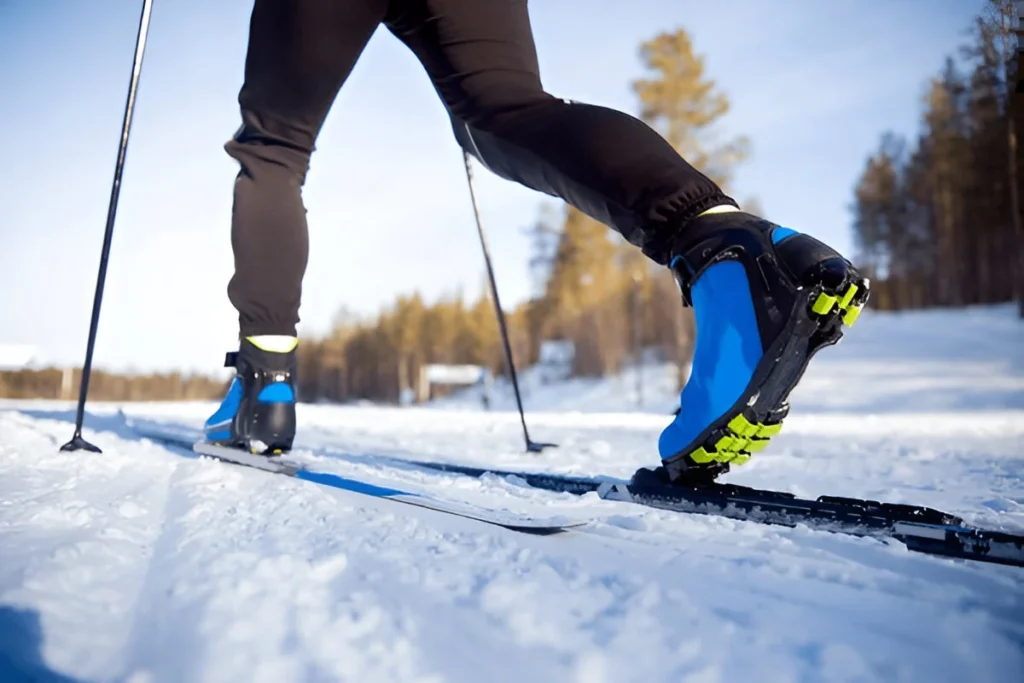
Choose the right size
- Length
The length of the ski boot should match the size of your foot, which is measured in Mondo Point. Mondo Point is the length of your foot in centimeters. For example, a Mondo Point size 27 is roughly equivalent to a US men’s size 9.5. To ensure a better fit, it’s recommended to try on ski boots in the afternoon or evening, as your feet tend to swell slightly during the day. This way, you’ll get a more accurate fit for comfort and performance.
- Width
The width of the ski boot is determined by its “last,” which refers to the internal shape of the boot. Narrow lasts are designed for smaller feet and usually measure around 97-99mm. Medium lasts, which fit most people, range from 100-102mm. For skiers with wider feet, wide lasts (over 102mm) provide a more comfortable fit. It is important to choose the right width to avoid discomfort and ensure proper support for your feet.
Ski Boot Volume and Instep Height
Ski boots come in different volumes: low, medium, and high. The volume refers to the amount of space inside the boot. Skiers with higher instep heights (the height of the top of the foot) may need boots with higher volume to accommodate their feet comfortably. On the other hand, skiers with lower instep heights might prefer lower-volume boots, which provide a snugger, more responsive fit. Choosing the right volume helps ensure comfort and control while skiing.

The Anatomy of a Ski Boot
- Liner
The liner is the soft, inner part of the ski boot that offers cushioning and insulation to keep your feet comfortable and warm. Some liners are heat-moldable, meaning they can be customized by a professional boot fitter to better fit the shape of your foot. Over time, as you use them, these liners will gradually mold to your foot, enhancing both comfort and performance. This personalized fit helps reduce pressure points and ensures a snug, supportive feel, which can make a big difference on the slopes.
- Sole
Ski boots are designed with soles that fit into ski bindings, creating a secure connection between your boot and ski. However, the sole material can wear down over time, especially when walking on hard surfaces. That is why it is a good idea to choose boots with replaceable soles, so you can maintain their performance. Many newer ski boots come with GripWalk pads, which offer better traction and grip when walking, making it easier and safer to move around on various surfaces. These pads are especially useful when you need to walk in your boots off the slopes.
- Shell
The outer shell of a ski boot is typically made from hard plastic, and it plays a key role in providing stiffness and durability. The material used affects the boot’s weight and responsiveness. Polyurethane is commonly found in high-performance boots, offering excellent durability and stiffness for better control. Lighter materials like Grilamid are used in hybrid and beginner boots, making them easier to move in and more comfortable for longer days on the slopes. Some ski boots also come with heat-moldable shells, which can be customized by a professional boot fitter to provide a more precise, personalized fit, enhancing both comfort and performance.
- Footbed
The footbed in a ski boot provides extra support and helps keep your foot properly aligned within the boot. Most ski boots come with a basic footbed, but for improved comfort and support, you can upgrade to aftermarket insoles like those from Superfeet. These insoles are designed to provide better cushioning and stability, making your skiing experience more comfortable. If you’re looking for the best fit, custom insoles can also be made to match the unique shape of your feet, giving you a completely personalized fit for maximum performance and comfort.
- Buckles and BOA
Ski boots are usually fastened with buckles or a BOA system, which is a wire-based dial system. The BOA system allows for a micro-adjustable fit, giving you the ability to make precise adjustments for a more even and comfortable fit. This can help reduce pressure points that traditional buckles might create, making it a great option for skiers who experience discomfort with standard buckles. Skiers with high arches or insteps, in particular, may find the BOA system especially helpful, as it helps ensure a more evenly distributed fit across the foot, offering better comfort and support.
- Walk Mode
The walk mode feature is becoming more common in all-mountain ski boots, particularly in hybrid models. This feature allows the cuff of the boot to rotate, giving you more flexibility and comfort while walking. It’s especially useful for activities like hiking or transitioning between ski runs, as it makes movement easier and less restrictive. The ability to switch between skiing and walking mode helps skiers enjoy both the slopes and the surrounding terrain without discomfort.
- Power Strap
The power strap is an extra feature located above the buckles, designed to secure the top of the boot’s cuff tightly around the shin. This helps improve control by reducing unnecessary shin movement within the boot, which can affect performance. A wider power strap is particularly beneficial, as it distributes pressure more evenly, providing a more comfortable fit and offering better control while skiing.
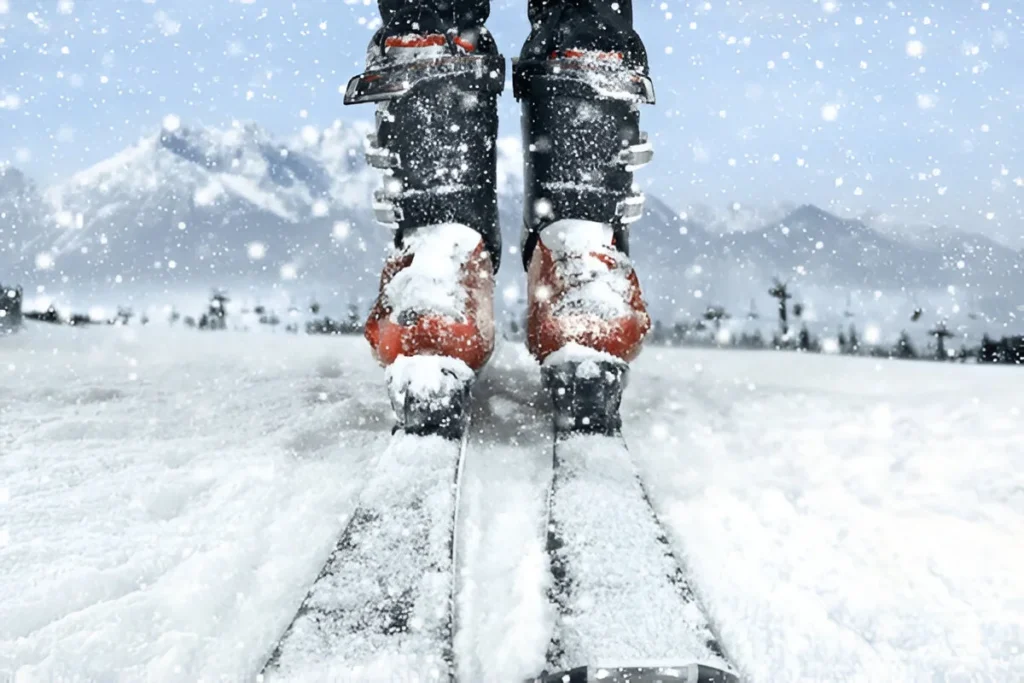
Conclusion
Choosing the right ski boots is not about picking the most expensive option. It is about finding a pair that suits your foot shape, skiing style, and performance needs. Whether you go for hybrid alpine boots for versatility or traditional alpine boots for precision, it is crucial to get the right size and features. It is a good idea to consult with a professional boot fitter to ensure a proper fit. Above all, don’t overlook comfort; your feet will thank you after a long day on the slopes.

